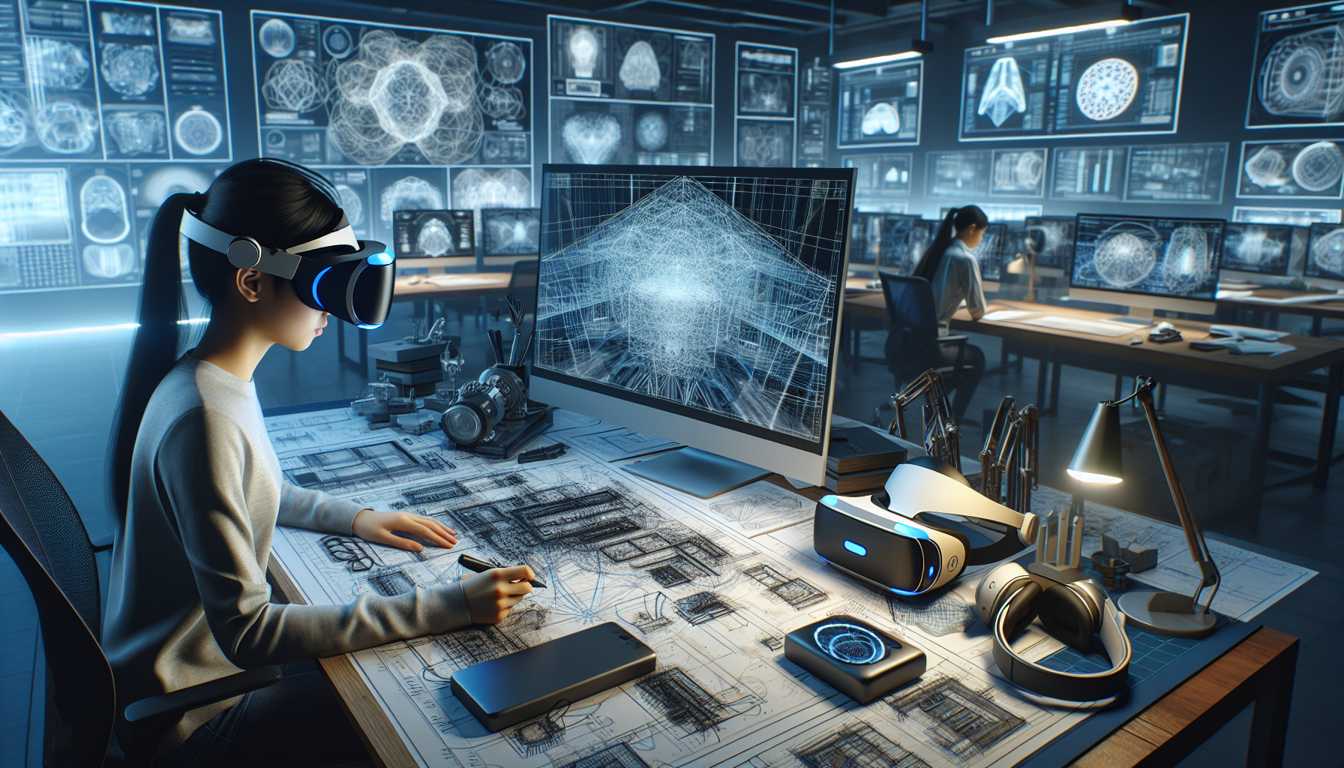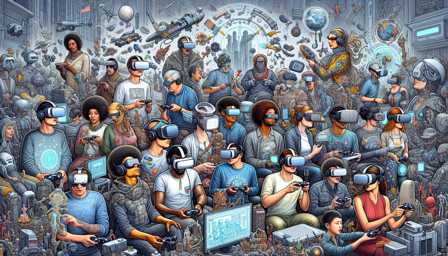
Breaking Boundaries: The Latest Innovations in VR Technology
Virtual Reality (VR) technology has been a game-changer in various fields, from gaming and entertainment to education and healthcare. The rapid pace of innovation in VR has led to remarkable advancements, breaking boundaries of what was previously thought possible. This article explores the latest innovations in VR technology, highlighting key products and developments that are shaping the future.
Advanced VR Headsets
The Next Generation of Immersion
Modern VR headsets are pushing the limits of immersion with higher resolutions, wider field of view, and improved refresh rates. These advancements enhance the visual fidelity and realism of VR experiences.
Key Products
- Valve Index: Known for its high-quality visuals and precise motion tracking.
- Meta Quest 3: A popular standalone headset offering high-resolution displays and hand tracking capabilities.
- HP Reverb G2: Offers one of the highest resolutions in consumer VR headsets.
Wireless Freedom
Cutting the Cords
The move towards wireless VR headsets marks a significant shift in the VR landscape. This innovation allows for greater freedom of movement, enhancing the immersive experience.
Innovations in Wireless VR
- Meta Quest Link: Enables the headset to connect to a PC wirelessly, offering a hybrid experience.
- HTC VIVE Wireless Adapter: Allows users of VIVE headsets to experience PC-quality VR without the tether.
Eye and Hand Tracking
Enhanced Interaction and Realism
Eye and hand tracking technologies provide more natural and intuitive ways to interact within VR environments, offering greater immersion and control.
Leading the Way
- Tobii Eye Tracking: Integrated into headsets like the HTC Vive Pro Eye, enabling gaze-based interaction.
- Leap Motion Controller: Offers hand tracking capabilities, allowing users to use their hands as controllers in VR.
Haptic Feedback Innovations
The Touch of Virtual Reality
Haptic feedback technology has evolved to provide tactile sensations, simulating the feeling of touch in VR, thereby enhancing the sense of presence.
Pioneering Products
- Teslasuit: A full-body suit that provides haptic feedback, temperature control, and motion capture.
- HaptX Gloves: Offer detailed haptic feedback, simulating the sensation of touching objects in VR.
VR in Healthcare
Transformative Applications
VR technology is revolutionizing healthcare, from medical training to patient treatment. It offers a risk-free environment for surgical training and therapeutic applications.
Noteworthy Implementations
- Osso VR: A surgical training platform that uses VR to provide hands-on training for surgeons.
- MindMaze: Offers VR-based therapy solutions for neurological rehabilitation.
Virtual Reality in Education
Immersive Learning Experiences
VR is transforming the educational landscape by providing immersive, interactive learning experiences that enhance understanding and retention.
Educational VR Initiatives
- Google Expeditions: Allows students to take virtual field trips to distant locations.
- Labster: Provides virtual labs for science education, simulating real-world laboratory experiences.
Conclusion
The advancements in VR technology are breaking boundaries and opening up new possibilities across various sectors. With continuous innovation, VR is not just a tool for entertainment but a platform that has the potential to transform how we work, learn, and interact. The future of VR technology, with its ever-evolving capabilities, holds exciting prospects for creating more immersive, intuitive, and impactful virtual experiences.


